WELCOME TO LONDON
WHY LONDON?
- London is the natural meeting point for the world’s business networks. It’s a leading city in the global economy and a centre of international trade and finance.
- The city continues to nurture some of the finest research and technology developments, while its influence through medical schools, universities and hospitals is second to none.
- For decades, England’s capital has been the launch pad for new ideas and trends. It's a creative hub where there is always something new to see and do. Hotels, venues, restaurants, and attractions constantly update and improve. This means no matter how many times you visit, London always has something new in store.
Tourism
London's many attractions have turned it into one of the world's most visited destinations, with some 28 million visitors a year. Whether visitors are seeking culture, shopping, palaces or a great night out, London has it all. London's easy to use public transport systems are another key to its popularity. The London Underground, known universally as "the tube", is simple to understand while the famous red buses are a great way to get to know London at street level. For the indulgent, no visit to London is complete without a ride in a black cab, driven only by those who have completed what's still called "The Knowledge" of all the best ways to avoid London's traffic congestion. London's cab drivers are among this magnificent city's greatest characters.
Source: https://www.come-to-london.com/london-city-guide/overview-s008
Top 10 attractions in London
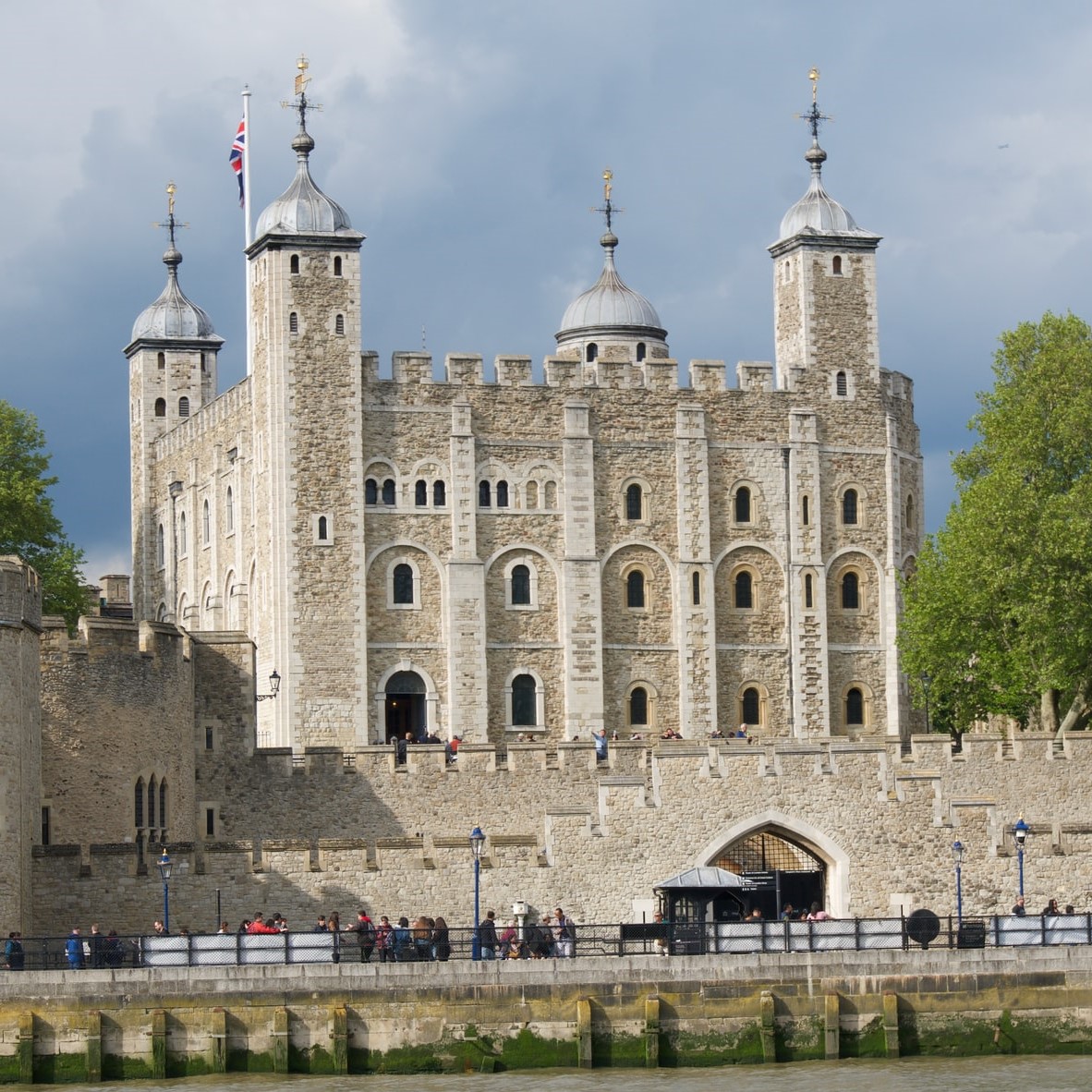
Tower of London
See the sparkling Crown Jewels at the iconic World Heritage Site.
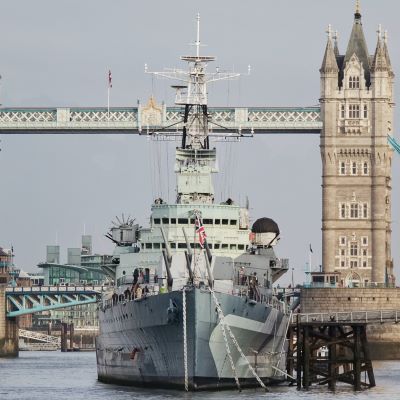
HMS Belfast & other ships
· Ship ahoy! Climb aboard the Cutty Shark, HMS Belfast or discover the lesser-known but just as important reconstruction of a historic 16th-century galleon, The Gloden Hinde.
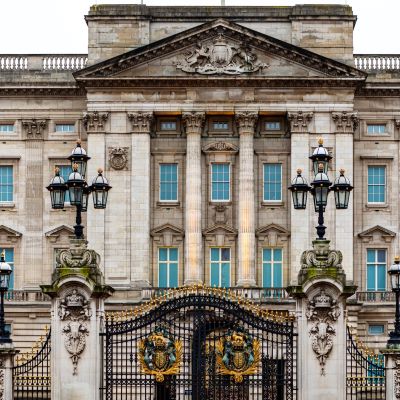
Buckingham Palace
Explore the magnificent State Rooms and the world-famous home of The Queen.

St. Paul´s Cathedral
· Visit a London icon, national treasure, and a vibrant church.
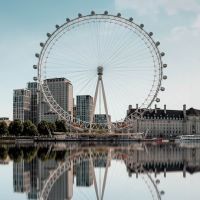
London Eye
· Explore London from the top and enjoy the perfect sunset from the height of 135 meters.
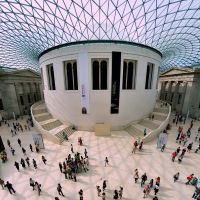
The British Museum
· Famous museum housing the Rosetta Stone, the Elgin Marbles, and Egyptian mummies.![]()
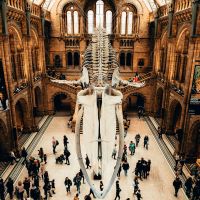
Natural History Museum
· Displays of the natural world, including dinosaurs, prehistoric fossils, and taxidermy.![]()

The National Gallery
· Priceless European art belonging to the nation, with works by Botticelli, da Vinci, and van Gogh.![]()

Tate Modern
· Former power station in Bankside containing a huge international modern art collection.![]()

Science Museum
Interactive, scientific fun for kids and grown-ups, boasting everything from rockets to steam engines.![]()
Climate
London has more sunny days than its reputation suggests, but you're always advised to carry an umbrella. The months of May to August offer the best chance of a sunny day - but there can be heavy rain showers at any time of the year. Spring and autumn often deliver clear, cold days when the Thames sparkles and the low sun shows the finest buildings at their best. Winter temperatures rarely stray below 0º C and snow is a rarity.
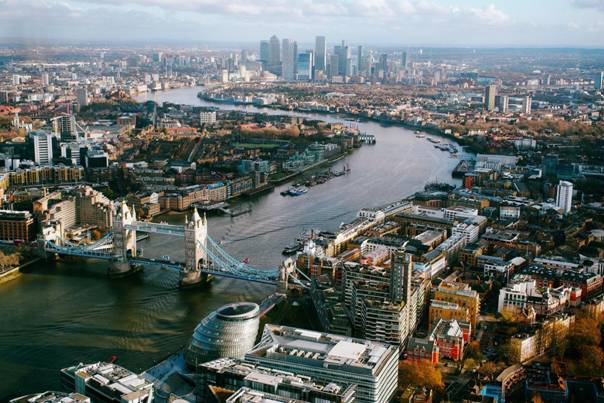
Geography
London includes many neighbourhoods - and two separate cities. The ancient City of London, also known as "The Square Mile", is home to the oldest parts of London, including the Tower of London. Today "The City", as Londoners call it, is dominated by financial institutions, the London Stock Exchange and the Bank of England. To the west, the City of Westminster is home to Westminster Abbey, the seat of government at the Palace of Westminster - and to the Queen's London home at Buckingham Palace. Westminster includes the famous West End, Soho and most of the major museums and galleries. The South Bank, which runs the length of the Thames in central London, includes a fine riverside walk, the National Theatre and, slightly further to the east, Tate Modern, one of the world's most popular modern and contemporary art museums, housed in the former Bankside Power Station.





